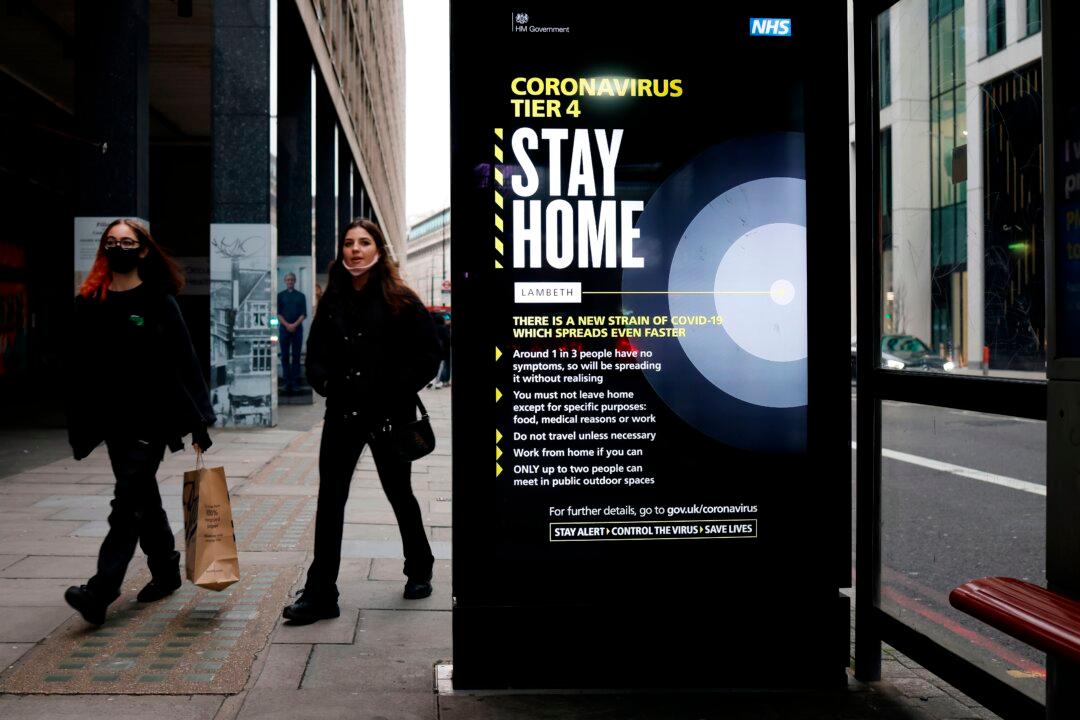The latest weekly swab test survey suggests infection rates of the CCP virus have started to fall in England.
The findings add to a mixed bag of studies this week that provide different pictures of the current pandemic wave.


The latest weekly swab test survey suggests infection rates of the CCP virus have started to fall in England.
The findings add to a mixed bag of studies this week that provide different pictures of the current pandemic wave.